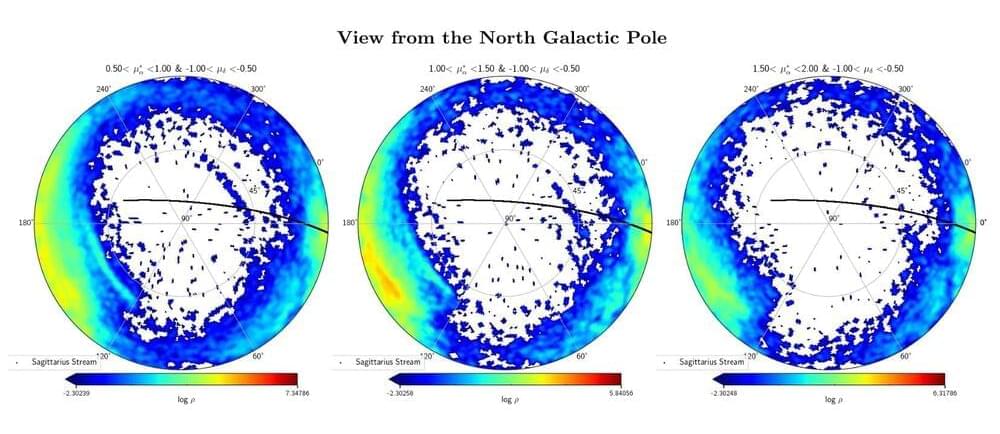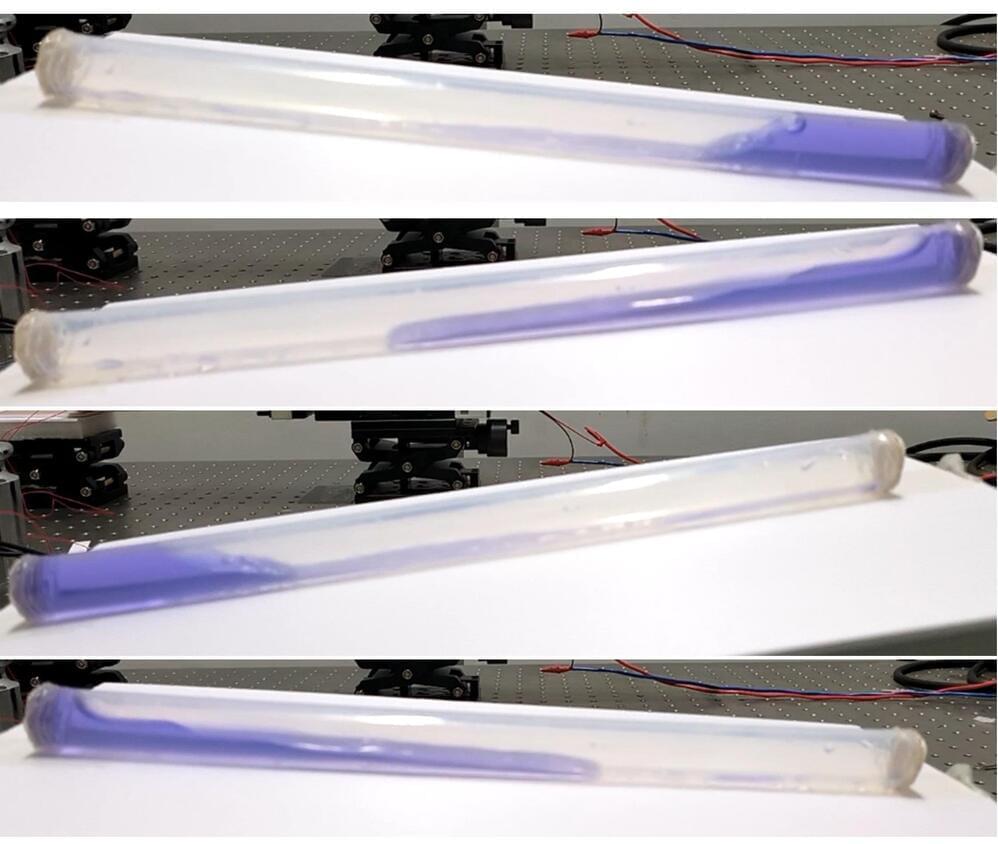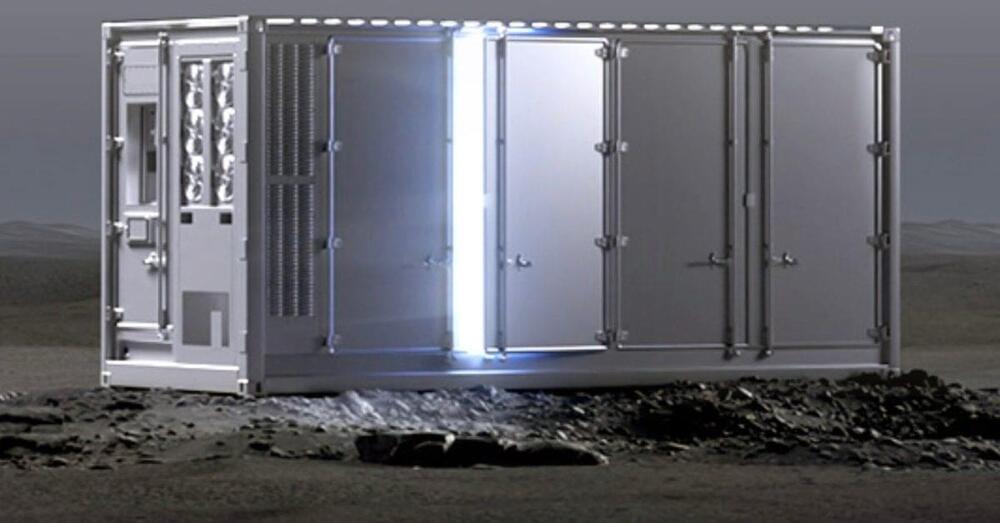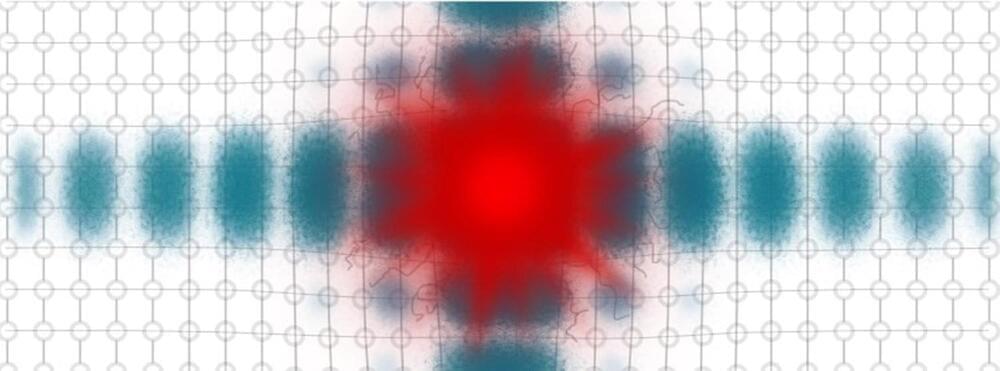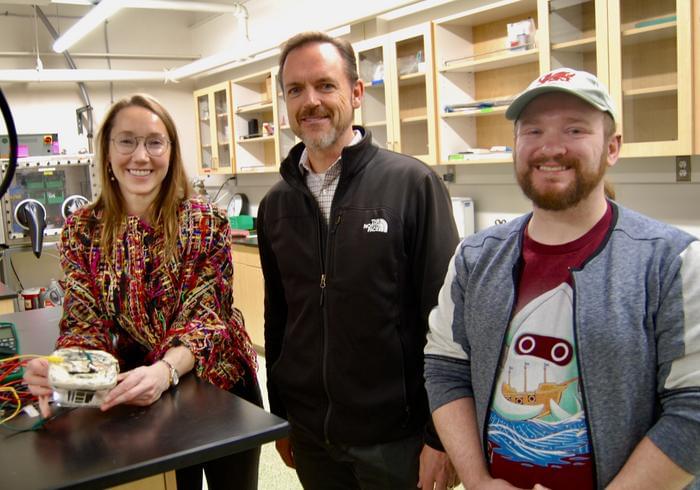Apr 13, 2024
Giant battery to be installed underground as deep as Empire State Building is tall: ‘It’s a massive amount of storage’
Posted by Genevieve Klien in categories: energy, sustainability
A small town in central Utah is set to be the home of a new underground “battery” that will store hydrogen as a clean energy source.
According to The New York Times, developers are creating two caverns as deep as the Empire State Building is tall from a geological salt formation near Delta, Utah. These caverns, which are expected to be complete next year, will be able to store hydrogen gas.

